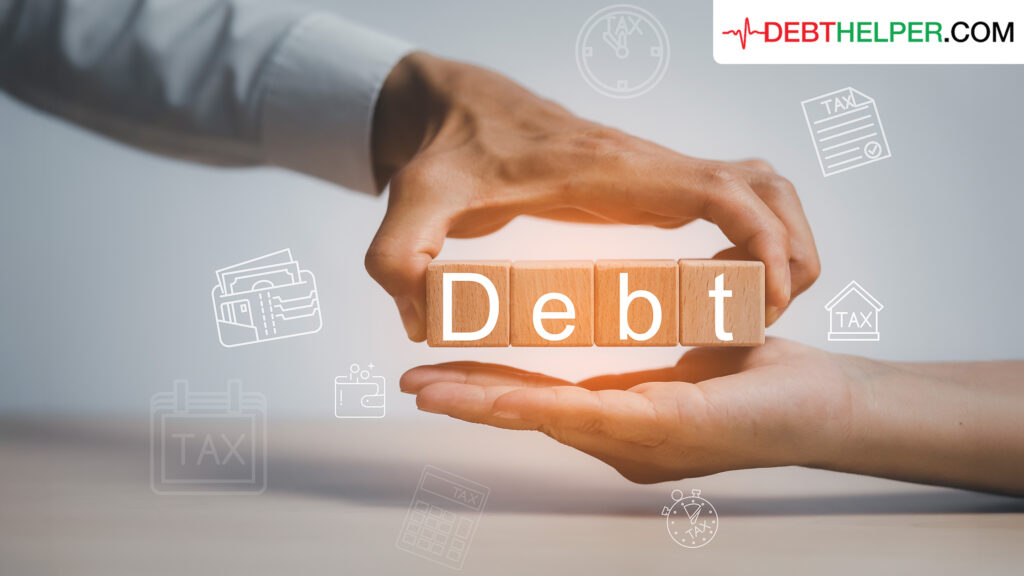Managing debt can often feel overwhelming, but with a solid debt reduction plan, you can take control of your finances and work steadily towards becoming debt-free. A well-crafted plan not only helps you reduce your debt faster but also prevents you from falling back into bad spending habits.
In this detailed guide, we’ll walk you through how to create a debt reduction plan that’s realistic, actionable, and sustainable — plus tips on how to stick to it every month.
Why You Need a Debt Reduction Plan
Before diving into the “how,” it’s important to understand why having a debt reduction plan is crucial:
- Gives you clarity: Knowing exactly how much you owe and when each payment is due helps avoid missed payments.
- Prioritizes your debts: You can focus on paying off high-interest debts first, saving money on interest.
- Builds motivation: Tracking progress keeps you motivated as you see your balances shrink.
- Prevents overspending: A plan forces you to budget and limits impulse purchases.
- Improves credit score: Consistent payments help improve your credit over time.
Step 1: Assess Your Total Debt
Start by gathering all information related to your debts. This includes:
- Credit card balances and interest rates
- Personal loans
- Student loans
- Auto loans
- Medical bills or any other outstanding debt
Create a spreadsheet or use a budgeting app to list each debt, its balance, interest rate, minimum monthly payment, and due date.
Step 2: Analyze Your Income and Expenses
To figure out how much money you can allocate to paying off debt, you need to know:
- Your total monthly income (salary, side gigs, rental income)
- Your fixed monthly expenses (rent, utilities, groceries, insurance)
- Your variable expenses (dining out, entertainment, shopping)
Track your spending for at least one month if you don’t already have a budget. This will help identify unnecessary expenses that you can cut to free up more money for debt repayment.
Step 3: Set Clear Debt Reduction Goals
Goals should be specific, measurable, achievable, relevant, and time-bound (SMART).
For example:
- “Pay off $5,000 of credit card debt in 12 months.”
- “Reduce total debt by 20% in 6 months.”
Having clear targets will help you stay focused and motivated.
Step 4: Choose a Debt Reduction Strategy
There are several popular methods to reduce debt, each with pros and cons. Pick the one that suits your personality and financial situation best.
Debt Snowball Method
- How it works: Focus on paying off the smallest debt first while making minimum payments on others. Once the smallest is paid off, move to the next smallest.
- Why it works: Gives quick wins to boost motivation.
- Best for: People who need emotional motivation and positive reinforcement.
Debt Avalanche Method
- How it works: Prioritize debts with the highest interest rate first while paying minimums on others.
- Why it works: Saves the most money on interest over time.
- Best for: People focused on maximizing financial efficiency.
Debt Consolidation
- Combine multiple debts into one loan with a lower interest rate.
- Simplifies payments but beware of fees and qualifying requirements.
Step 5: Create Your Monthly Payment Plan
Once you’ve chosen a strategy, calculate how much extra money you can apply to debt payments each month beyond the minimums.
Example:
- Minimum monthly payments on all debts total $600.
- You can afford $800 total monthly.
- Extra $200 should go to the debt you are focusing on according to your chosen method.
Step 6: Automate Payments to Avoid Late Fees
Set up automatic payments through your bank or creditors’ websites for at least the minimum payments to avoid missing due dates.
- Automation reduces stress and ensures your credit score stays intact.
- For extra payments, you can set manual payments monthly or also automate if possible.
Step 7: Track Your Progress Monthly
Keep a journal, spreadsheet, or app updated with:
- Debt balances
- Payments made
- Interest accrued
- Progress towards your goals
Visual progress charts can be very motivating.
Step 8: Adjust Your Plan as Needed
Life is unpredictable — your income or expenses may change.
- Reassess your budget and debt plan quarterly.
- Increase payments when possible, or cut back temporarily if necessary, but don’t give up.
Step 9: Avoid Adding New Debt
While paying off existing debt, avoid:
- Using credit cards for unnecessary purchases.
- Taking new loans unless absolutely necessary.
- Impulse buying and emotional spending.
Step 10: Build an Emergency Fund
Having a small emergency fund ($500-$1,000) can prevent you from relying on credit cards during unexpected expenses.
- Build this fund slowly while maintaining debt payments.
- Avoid pausing debt payments to build a large emergency fund unless facing severe financial hardship.
Tips to Stick to Your Debt Reduction Plan Every Month
Creating a plan is half the battle. Here’s how to stay consistent:
Break Big Goals into Small Milestones
Celebrate paying off each debt or every $500 you reduce.
Use Visual Reminders
Create charts or use apps with graphs showing your declining debt.
Find Accountability Partners
Share your goals with a trusted friend or join online financial communities.
Reward Yourself (Without Overspending)
Set non-financial rewards like a movie night or a small treat when you hit milestones.
Review and Adjust Regularly
Check your progress monthly and tweak your budget and payments.
Educate Yourself on Personal Finance
Reading blogs, books, or listening to podcasts keeps you motivated and informed.
Common Challenges and How to Overcome Them
Challenge: Unexpected Expenses
Solution: Use your emergency fund or temporarily adjust your budget.
Challenge: Feeling Overwhelmed
Solution: Focus on one debt at a time; celebrate small wins.
Challenge: Temptation to Spend
Solution: Remove credit card info from apps, unsubscribe from marketing emails, and practice mindful spending.
Final Thoughts
Knowing how to create a debt reduction plan and sticking to it every month is the key to gaining financial freedom. It requires honesty, discipline, and patience but the rewards are worth it — less stress, better credit, and more control over your money.
Start today by assessing your debts, setting clear goals, choosing a repayment strategy, and making a monthly plan you can realistically follow. Remember, consistency beats speed — every payment brings you closer to a debt-free life.





